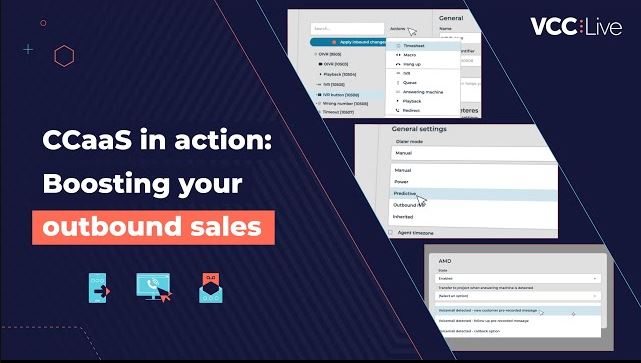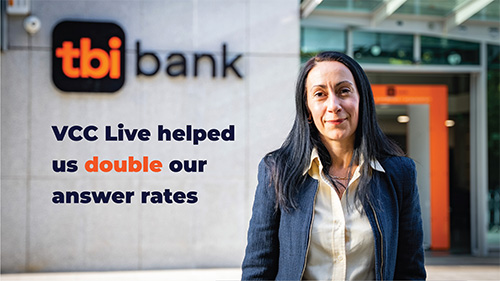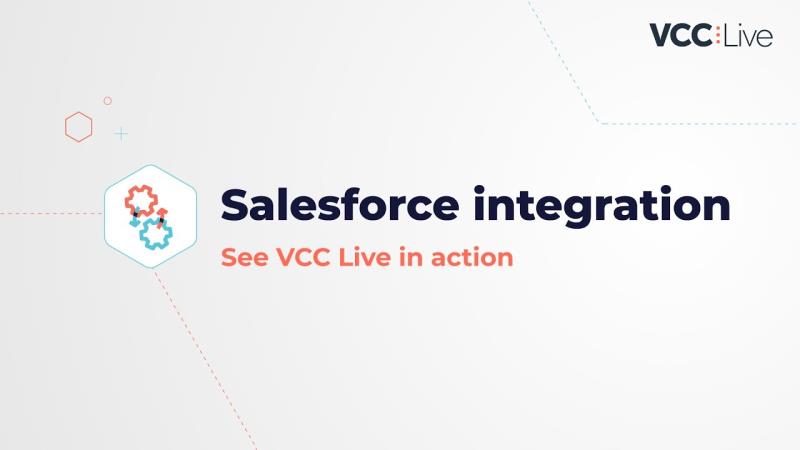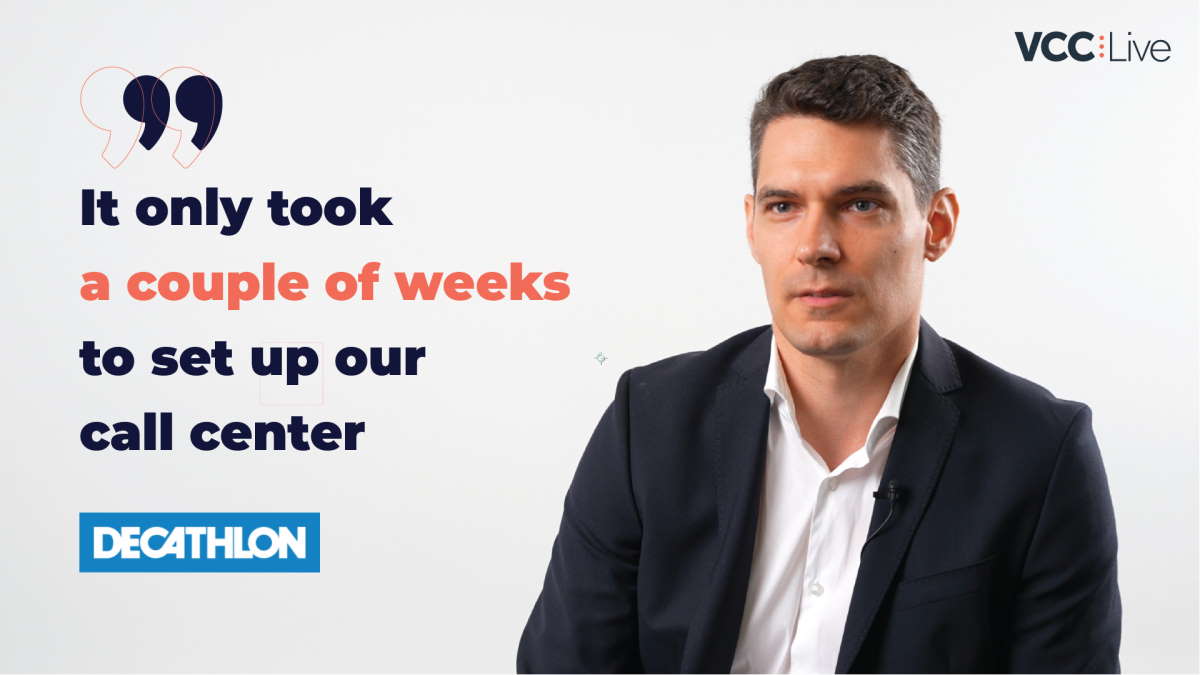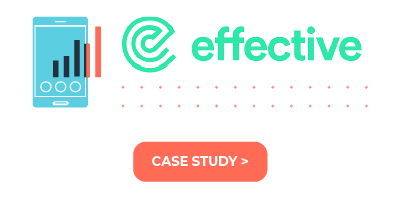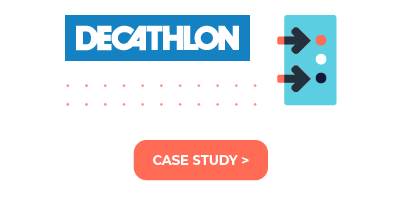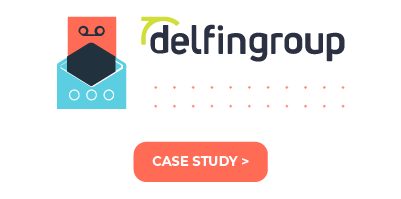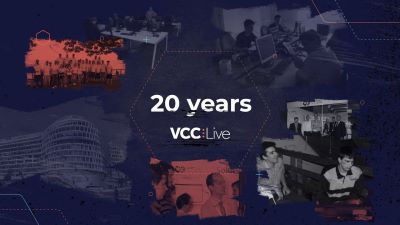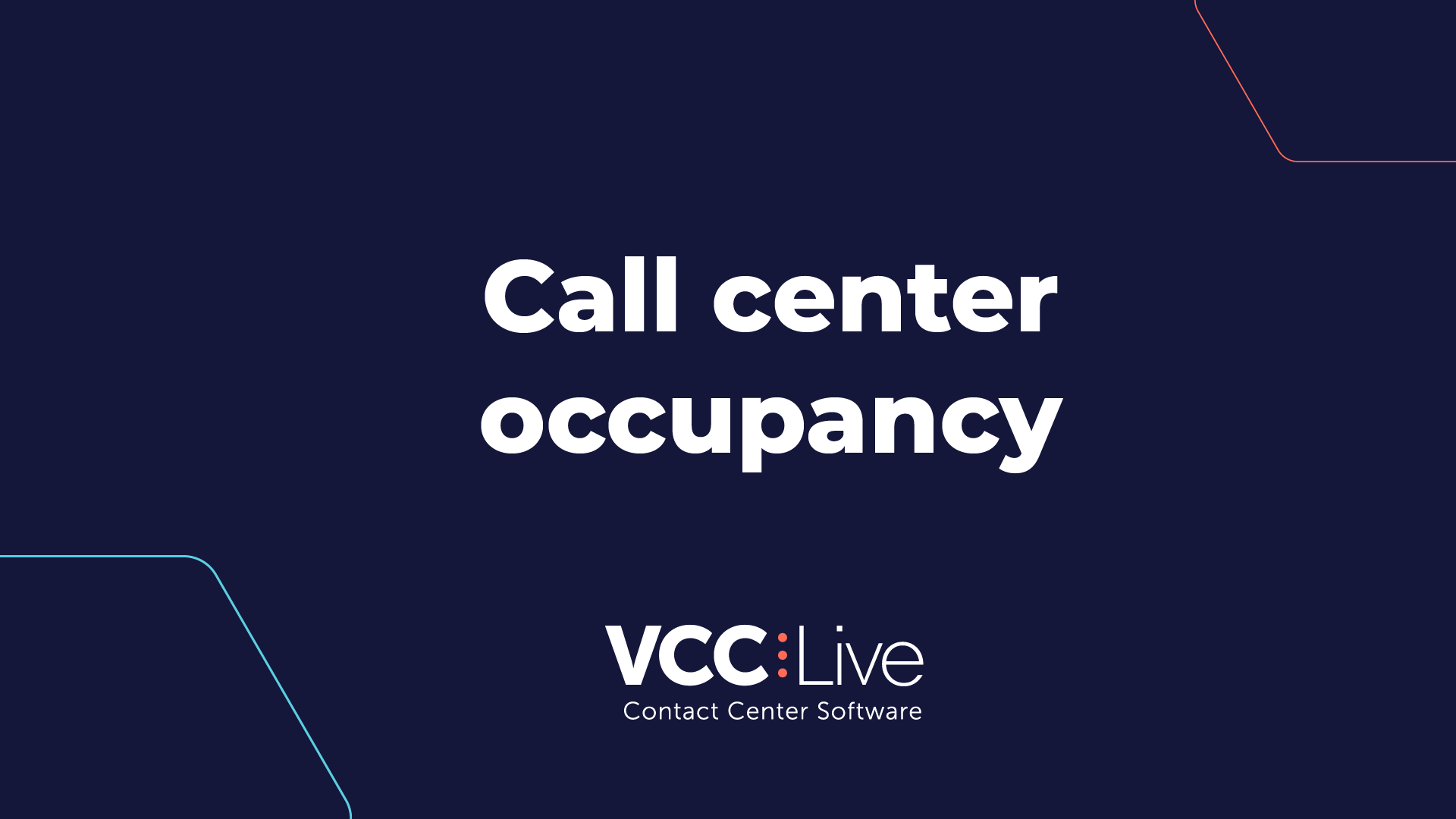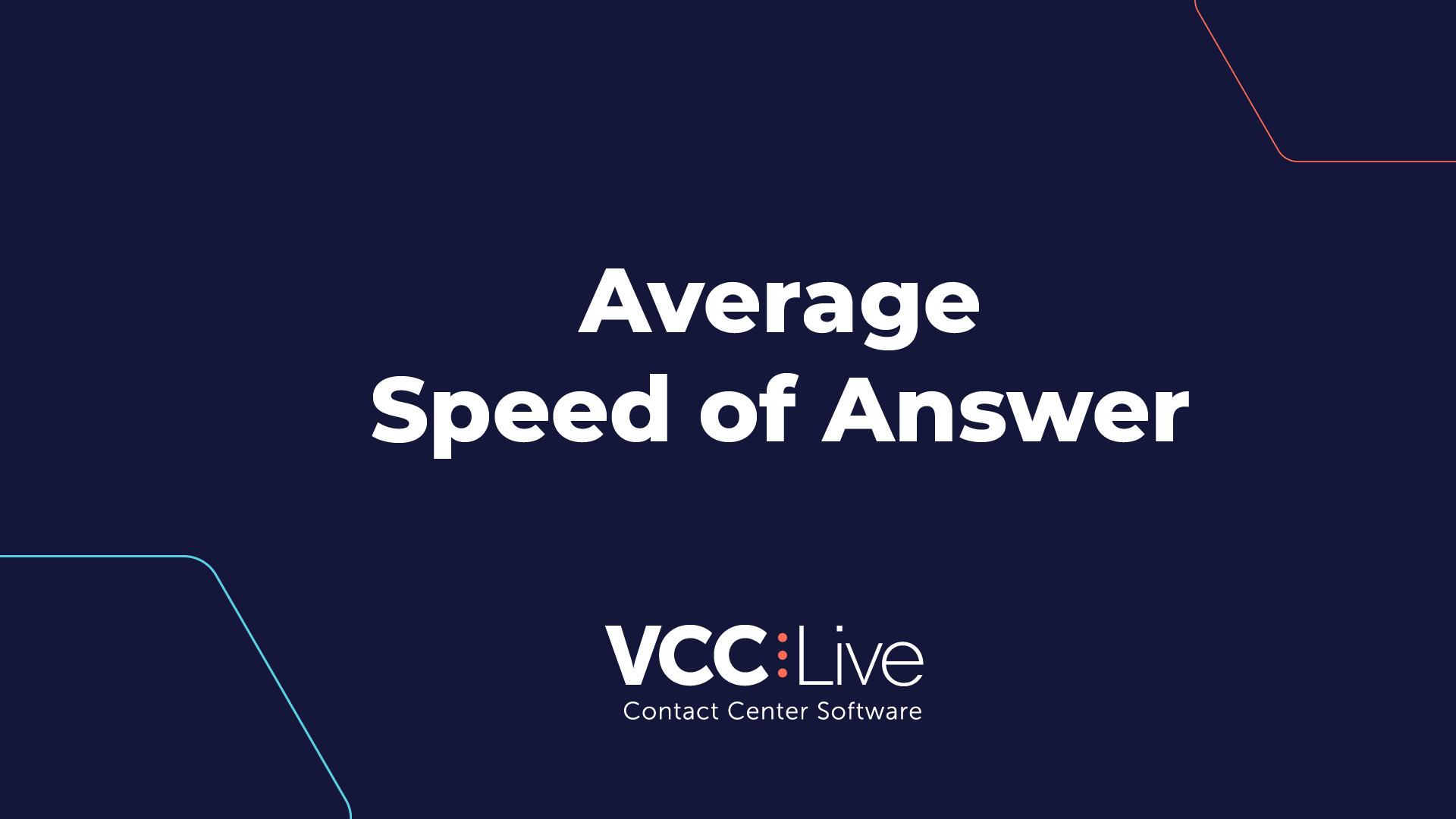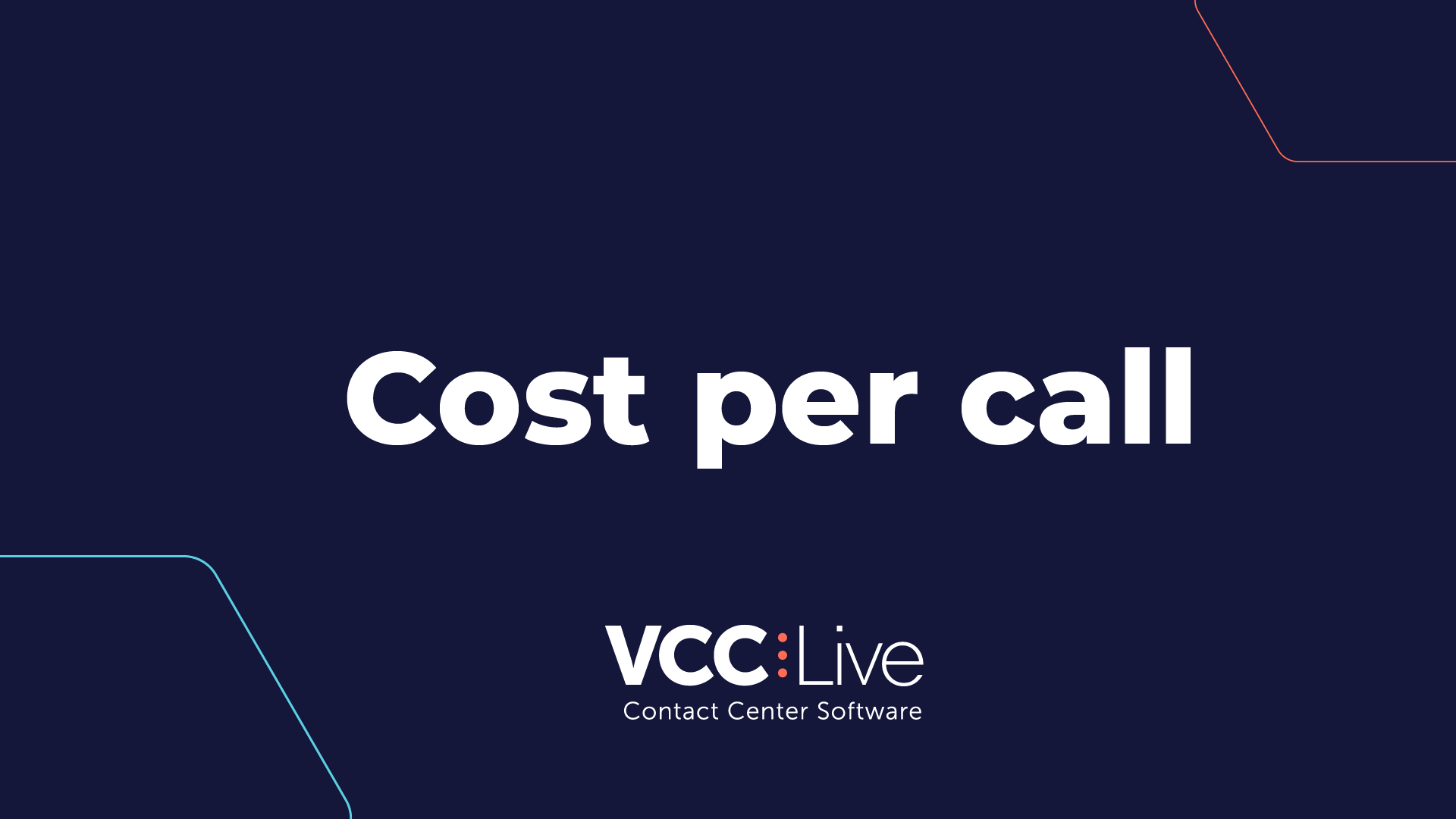One important KPI to track in a contact center is agent idle time – how long agents are available but not helping customers. Understanding and managing this time well can boost efficiency and improve customer experiences. In this article, we’ll look at what agent idle time means, why it matters, and how to minimize it effectively.
Definition of agent idle time
Agent idle time refers to the period during which contact center agents are logged in and available to handle customer interactions but are not actively engaged in any productive tasks, such as answering calls, responding to emails, or assisting customers. This idle time can occur due to various factors, including low call volumes, system downtime, or inefficient scheduling. Monitoring and managing agent idle time is essential for optimizing operational efficiency and ensuring that resources are utilized effectively to meet customer needs.
|
Idle time formula
The formula for calculating agent idle time is:
| Agent idle time = |
Total Available Time – Total Busy Time |
Where:
- Total Available Time is the total time period for which the agent is logged in and available to handle customer interactions.
- Total Busy Time is the total time period during which the agent is actively engaged in productive tasks, such as answering calls, responding to emails, or assisting customers.
By subtracting the total busy time from the total available time, you can determine the amount of time that the agent spends idle, waiting for tasks or calls to be assigned. This metric helps in assessing agent productivity and identifying opportunities for improvement in resource utilization and scheduling.
The importance of measuring agent idle time
Here are a few reasons why agent idle time might be an important metric for your operation.
Resource optimization
By understanding when and why agents are idle, contact center managers can identify opportunities to allocate resources more effectively. This includes adjusting staffing levels, scheduling breaks, or deploying agents to handle other tasks during idle periods, thereby optimizing operational efficiency.
Cost management
Idle time directly impacts operational costs. By minimizing idle time, contact centers can reduce unnecessary labor costs associated with paying agents for unproductive hours. This can lead to substantial cost savings and better financial performance for the organization.
Customer satisfaction
Idle time can negatively impact customer satisfaction. Customers expect prompt and efficient service when contacting a contact center. Excessive idle time may result in longer wait times and delays in addressing customer inquiries, leading to frustration and dissatisfaction. By minimizing idle time, contact centers can improve responsiveness and enhance the overall customer experience.
Performance monitoring
Measuring agent idle time provides valuable insights into agent performance and productivity. It helps managers identify underperforming agents or inefficient processes that contribute to prolonged idle periods. This data can inform training and coaching initiatives to help agents improve their efficiency and effectiveness in handling customer interactions.
Capacity planning
Understanding patterns of agent idle time allows contact center managers to better forecast workload demand and plan resource allocation accordingly. This enables proactive adjustments to staffing levels, scheduling, and workload distribution to ensure adequate coverage during peak periods and minimize idle time during quieter periods.
In summary, measuring agent idle time is crucial for optimizing resource utilization, controlling costs, enhancing customer satisfaction, monitoring agent performance, and facilitating effective capacity planning in contact centers.
Reasons behind high agent idle times
Contact centers can experience high agent idle times due to various reasons. These include:
- Fluctuating call volumes: Inconsistent or unpredictable call volumes can result in periods of high agent idle time. When call volumes are low, agents may have extended periods of idle time while waiting for incoming calls or other tasks.
- Inefficient scheduling: Poorly optimized schedules can lead to mismatched staffing levels with customer demand. Overstaffing during low-demand periods or understaffing during peak hours can contribute to high agent idle times.
- System downtime or technical issues: Technical issues with contact center systems, such as phone or computer outages, software glitches, or network disruptions, can prevent agents from accessing customer data or handling calls efficiently, leading to increased idle time.
- Lack of task prioritization: Agents may spend time waiting for tasks or assignments without clear prioritization. Inefficient task allocation or unclear guidelines on task prioritization can result in prolonged periods of idle time.
- Training or coaching sessions: Scheduled training sessions, team meetings, or coaching sessions can contribute to agent idle time if not effectively managed or coordinated with operational needs.
- Adherence to break and lunch schedules: Agents taking breaks or lunch breaks in uncoordinated or overlapping schedules can result in high idle times if not properly managed to ensure continuous coverage during operational hours.
- Ineffective call routing or queue management: Poorly designed call routing systems or inefficient queue management practices can lead to delays in connecting customers with available agents, resulting in increased idle time for agents.
- Administrative tasks: Agents may have downtime between customer interactions to complete administrative tasks, such as updating customer records, documenting interactions, or processing transactions. Inefficient workflows or cumbersome processes can extend the duration of these tasks, contributing to high idle times.
- Lack of cross-training or multitasking opportunities: Agents with limited skills or opportunities for multitasking may experience high idle times when they are not qualified to handle certain types of customer inquiries or tasks.
Addressing these factors requires proactive management strategies, including effective workforce planning, optimized scheduling practices, robust technical support, streamlined processes, and ongoing training and coaching initiatives to minimize agent idle time and maximize operational efficiency in contact centers.
Agent idle time: Is it a priority for your business?
Businesses that rely heavily on customer service and interaction through contact centers should prioritize managing agent idle time effectively. On the other hand, there are some industries or businesses where agent idle time may be less of a priority due to lower call volumes or less reliance on real-time customer interactions. Here are a few examples for both:
Contact centers where low agent idle time is crucial
- Telecommunications: Telecom companies often deal with high call volumes related to customer inquiries, technical support, and service activations. Optimizing agent idle time can ensure prompt assistance for customers and minimize wait times, enhancing overall satisfaction.
- Retail: Retailers with customer service call centers handle inquiries related to product information, orders, returns, and complaints. Minimizing agent idle time is essential for delivering timely support and resolving customer issues efficiently.
- Financial services: Banks, insurance companies, and investment firms frequently interact with customers over the phone to address account inquiries, transaction assistance, and financial advice. Managing agent idle time ensures that customers receive prompt assistance and personalized service.
- Healthcare: Healthcare providers and insurance companies often have contact centers to handle patient inquiries, appointment scheduling, billing inquiries, and claims processing. Effective management of agent idle time is critical for delivering timely support and maintaining patient satisfaction.
- Travel and hospitality: Travel agencies, airlines, hotels, and rental car companies manage contact centers to assist customers with reservations, itinerary changes, cancellations, and travel-related inquiries. Minimizing agent idle time ensures seamless customer support during peak booking periods and emergency situations.
Contact centers where agent idle time might be less of a priority
- Manufacturing: Manufacturing companies may have customer service departments to handle inquiries related to product warranties, repairs, and replacements. However, since customer inquiries may be less frequent compared to industries like retail or telecommunications, managing agent idle time may be less critical.
- Technology: Technology companies that primarily provide online support through knowledge bases, forums, and chatbots may have lower call volumes and less need to manage agent idle time in contact centers.
- Wholesale distribution: Businesses involved in wholesale distribution may have customer service departments to address order inquiries, delivery tracking, and product availability. However, since customer interactions may occur less frequently and be more transactional in nature, managing agent idle time may not be as high of a priority.
Overall, businesses with high call volumes, frequent customer inquiries, and a strong focus on delivering exceptional customer service should prioritize managing agent idle time to enhance operational efficiency and customer satisfaction. Conversely, businesses with lower call volumes and less real-time customer interaction may have less urgency in addressing agent idle time.
What you can do to improve idle time
Need to improve agent idle time in your contact center? Consider this 10-step improvement plan:
☑ Step 1: Data analysis and benchmarking
- Analyze historical data on call volumes, agent schedules, and idle time rates to identify trends and patterns.
- Benchmark your current performance against industry standards and best practices to establish improvement targets.
☑ Step 2: Optimized staffing levels
- Adjust agent schedules based on historical call volume data to match staffing levels with anticipated demand.
- Implement flexible scheduling options, such as part-time shifts or staggered start times, to align staffing with fluctuating call volumes.
☑ Step 3: Dynamic workforce management
- Implement workforce management software to forecast call volumes, schedule agents, and track adherence in real-time.
- Utilize forecasting algorithms to predict peak hours and allocate resources accordingly to minimize idle time.
☑ Step 4: Efficient call routing and queue management
- Optimize call routing systems to prioritize and distribute incoming calls based on agent availability, skills, and workload.
- Implement intelligent queuing mechanisms to reduce wait times for customers and minimize idle time for agents.
☑ Step 5: Cross-training and skill development
- Provide comprehensive training programs to empower agents with additional skills and tasks, enabling them to handle a broader range of customer inquiries.
- Foster a culture of continuous learning and development to enhance agent flexibility and productivity during idle periods.
☑ Step 6: Multichannel support integration
- Expand customer service channels beyond phone calls to include email, live chat, social media, and self-service options.
- Cross-train agents to handle inquiries across multiple channels, enabling them to remain productive during idle periods by assisting customers through alternate channels.
☑ Step 7: Task prioritization and workflow optimization
- Implement clear guidelines and priorities for task allocation to ensure agents remain engaged during idle periods.
- Streamline administrative tasks and processes to minimize downtime between customer interactions and maximize agent productivity.
☑ Step 8: Performance monitoring and feedback
- Utilize performance metrics and KPIs to monitor agent idle time rates and identify opportunities for improvement.
- Provide regular feedback and coaching to agents on time management, task prioritization, and efficiency enhancement strategies.
☑ Step 9: Employee engagement and motivation
- Foster a positive work environment and recognize agents for their contributions to productivity improvement initiatives.
- Encourage open communication and feedback channels to solicit agent input on identifying inefficiencies and implementing solutions.
☑ Step 10: Continuous improvement and evaluation
- Establish a process for ongoing evaluation and refinement of improvement strategies based on feedback, data analysis, and performance metrics.
- Regularly review and adjust scheduling, training, and operational processes to optimize resource utilization and minimize idle time effectively.
By following this 10-step improvement plan, you can systematically address inefficiencies, optimize resource utilization, and achieve better agent idle time rates in your contact center, leading to improved operational efficiency and enhanced customer satisfaction.
Other related KPIs
Several contact center key performance indicators (KPIs) are closely connected with agent idle time. These KPIs help measure efficiency, productivity, and resource utilization within the contact center. Here are some KPIs heavily connected with agent idle time:
Agent utilization rate
Agent utilization rate measures the percentage of time that agents spend actively engaged in productive activities, such as handling customer interactions, compared to their total available time. High agent idle time can result in lower utilization rates, indicating inefficiencies in resource utilization.
Average Handling Time (AHT)
AHT measures the average duration of time it takes for an agent to handle a customer interaction, including call handling time, hold time, and after-call work. High agent idle time can lead to longer AHT, as agents may take longer to complete tasks due to extended periods of inactivity between interactions.
Service level
Service level measures the percentage of incoming calls that are answered within a specified target time, such as 80% of calls answered within 20 seconds. High agent idle time can impact service level attainment, as agents may not be available to handle incoming calls promptly, resulting in increased wait times for customers.
Occupancy rate
Occupancy rate measures the percentage of time that agents spend actively engaged in handling customer interactions compared to their total logged-in time, including both productive and idle time. High agent idle time can lead to lower occupancy rates, indicating underutilization of agent capacity.
Adherence to schedule
Adherence to schedule measures the extent to which agents adhere to their assigned work schedules, including start times, breaks, and end times. High agent idle time can result in lower adherence to schedule, as agents may not be actively engaged during their scheduled shifts.
First Call Resolution (FCR)
FCR measures the percentage of customer inquiries or issues that are resolved during the first contact with the contact center, without the need for follow-up interactions. High agent idle time can impact FCR by delaying response times and reducing the likelihood of resolving issues during the initial contact.
Customer Satisfaction (CSAT) and Net Promoter Score (NPS)
CSAT and NPS measure customer satisfaction and loyalty based on feedback provided after interactions with the contact center. High agent idle time can negatively impact CSAT and NPS scores by increasing wait times, reducing responsiveness, and leading to customer dissatisfaction.
By monitoring these key performance indicators closely and implementing strategies to minimize agent idle time effectively, contact centers can improve efficiency, enhance productivity, and deliver better customer experiences.
